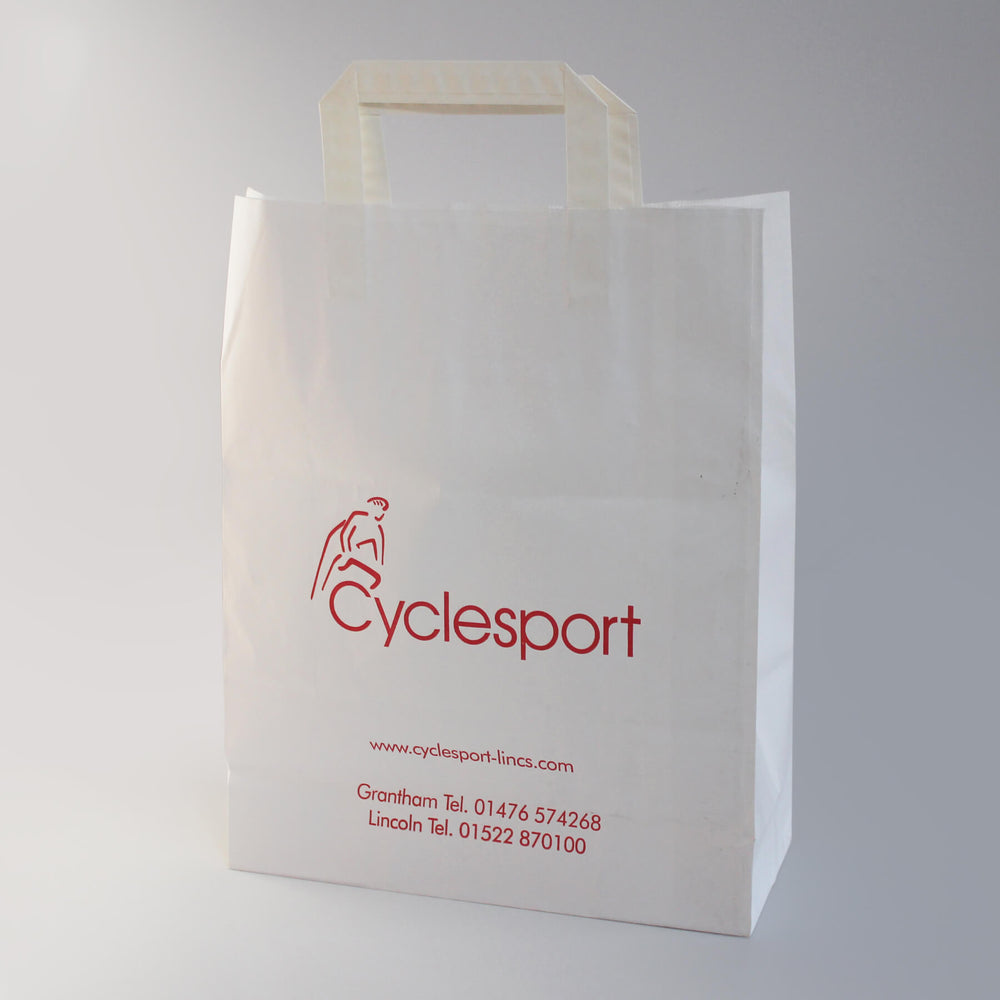The Importance of Wine Packaging A Blend of Aesthetics and Functionality
Wine packaging plays a crucial role in the marketing and preservation of the product. As the wine industry continues to evolve, the significance of packaging grows, not only in terms of visual appeal but also concerning functionality and sustainability.
One of the primary objectives of wine packaging is to attract consumers. The wine market is highly competitive, and with countless brands vying for attention on store shelves, it is essential for wineries to stand out. Attractive packaging, including unique bottle shapes, labels, and colors, can entice consumers to choose one bottle over another. Innovative designs can also evoke emotions, telling a story about the wine’s origin or the ethos of the winery. For instance, a minimalist label might convey elegance and sophistication, while vibrant, colorful packaging might appeal to a younger audience.
Moreover, packaging serves a functional purpose. Proper wine packaging protects the product from environmental factors such as light, temperature fluctuations, and contamination. Glass bottles, for example, are the most common choice for wine packaging due to their impermeability and ability to preserve the wine's integrity. Additionally, corks and screw caps are critical for sealing, as they prevent oxygen from entering the bottle and altering the wine’s characteristics. As the industry evolves, alternatives to traditional cork closures are being explored to enhance the freshness and longevity of the wine.
wine packaging

Another essential aspect of wine packaging is sustainability. Consumers today are increasingly aware of environmental issues, demanding eco-friendly packaging options. Sustainable practices in wine packaging can include using recyclable materials, lightweight glass to reduce transportation emissions, and biodegradable or compostable alternatives. Wineries that prioritize sustainability in their packaging can appeal to eco-conscious consumers, creating a positive brand image. Furthermore, many wine producers are adopting practices such as using less material or adopting refillable systems to minimize waste.
Beyond the visual and functional aspects, packaging also serves as an essential communication tool. Labels provide crucial information, such as the variety of grapes, region of origin, alcohol content, and tasting notes. Clear, informative labels can help consumers make informed choices and enhance their overall wine experience. With the rise of technology, augmented reality (AR) and QR codes are being incorporated into wine labels, allowing consumers to access additional information about the wine, including pairing suggestions and vineyard stories.
In conclusion, wine packaging is a vital component of the wine industry, encompassing aesthetics, functionality, sustainability, and communication. As consumer preferences continue to evolve, wineries must innovate and adapt their packaging strategies to stay competitive in the marketplace. Emphasizing attractive, functional, and environmentally friendly packaging not only serves to enhance sales but also fosters a deeper connection between the consumer and the wine, ultimately enriching the enjoyment of this cherished beverage.



